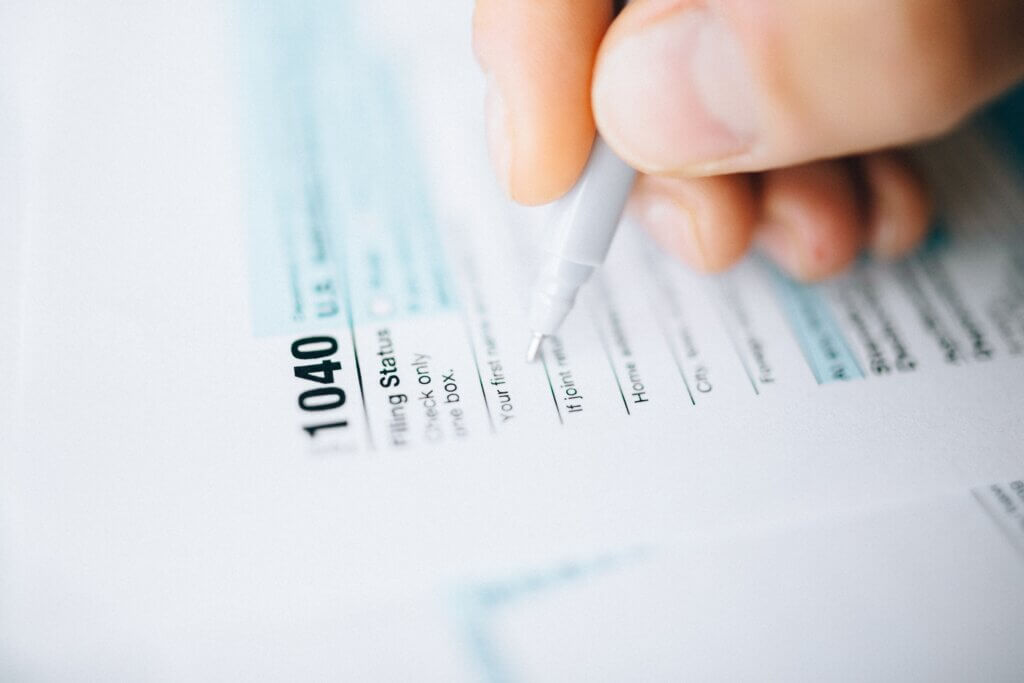How to Get Tax Refunds Sooner

January marks the beginning of the tax-filing season—a time where taxpayers file their annual returns. A tax return is a form that reports income, expenses, and other tax-related information to calculate whether an individual owes money to the government, or if the government owes them money. If someone’s employer withheld too much in taxes or if they qualify for certain tax credits, they may be expecting a tax refund. While refunds aren’t gifted money, as individuals paid that money to the government over the course of the year, it can be nice to receive it all during tax season. If someone is expecting a return, there are steps they can take to ensure they receive their money sooner.
File ASAP
The earlier somebody files their taxes, the sooner they’ll receive their refund. This is because the Internal Revenue Service (IRS) isn’t as busy in January, February, or March as it is in April. Because people tend to procrastinate, the IRS can process early-filers’ returns before there is a backlog. Filing as soon as possible is also important if someone plans on hiring an account or tax professional to help them during the tax season. If someone waits too long, their schedules can fill up to the point where they no longer have available to help. If a taxpayer isn’t confident in their ability to correctly file their taxes or would simply like assistance, hiring a tax professional can be a great option. While many do charge for the service, there are programs such as CA$H Maine, where eligible filers qualify for free tax preparation services.
File Electronically
If people file a paper return and send it to the IRS via mail, the return can take anywhere from six to eight weeks to process. By filing electronically instead, the IRS can issue refunds within 21 days. There are a number of ways to file electronically, including:
The IRS’ Free File service – If someone makes $73,000 or less per year, they can use the IRS’ Fee File or Fillable Forms. The online service does all the math and by simply answering some basic questions, eligible filers receive guided preparation. People can learn more about Free File on the e-File Options section of the IRS’ website.
Through tax software – This software uses a question-and-answer format that makes doing taxes easier. Two popular examples of this software are TurboTax and H&R Block.
A tax professional – Authorized tax professionals are accepted by the IRS’ electronic filing program and are available to help people prepare, transmit, and process returns. People can find authorized tax professionals by using the e-File Provider Search Tool on the IRS’ website.
Use Direct Deposit
People can get their refunds sooner by signing up for direct deposit when they file. Instead of being sent a paper check, where the speed of delivery is at the mercy of the mail system, the money can be deposited right into their credit union account. To sign up for direct deposit, members need to select it as their refund method when filing. After that, they simply enter their account number and routing number. A great way for someone to find the correct routing and account number is by looking at a personal check. On the bottom left corner of a check is a 9-digit routing number. Their account number (usually 10-12 digits) is the second set of numbers printed on the bottom of the check. If someone doesn’t have personal checks, they can find the routing and account numbers by logging into their online or mobile banking account, by calling their credit union, or visiting their local branch. After verifying their identity, the credit union can help them find the right numbers.
By filing early, filing electronically, and using direct deposit, those expecting refunds can get their money sooner. Happy filing!
(Information courtesy of Synergent)